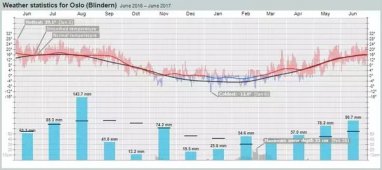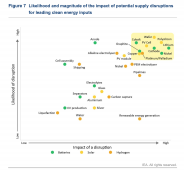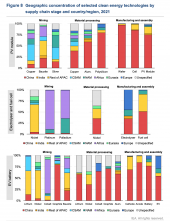eXodus
Solar Addict
- Joined
- Jul 27, 2020
- Messages
- 1,482
In a good designed city you office/work would be 5-10 minutes by foot. Or 2-3 minutes by Bike.I don't necessarily mind the heat, it doesn't outright hurt me, like it does some people who are sensitive too it, but you can't commute to an office job and expect to have everybody be pleasant after a 15-30 minute ride in those conditions. We would have to shower when we get there, shower when we get home, shower, shower shower! Plus heat makes people angry, and we don't need more angry people in this world.
And you would only need to go there 2-3 days a week.
Sure 30 minutes of terrifying Bike ride is nothing you want to do in the heat.
The Cash Cow and Legacy Asset Problem.Every one of those companies knew it was coming, they just didn't want to be the first to crack their golden goose egg they already had going.
Share holders don't like investment in new things. They want stable predictable returns. Stock Market and Patents are natural enemies of change. (some of that is good, some is not)











